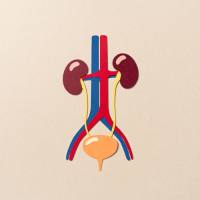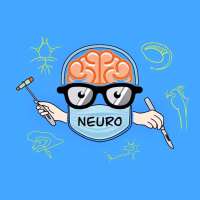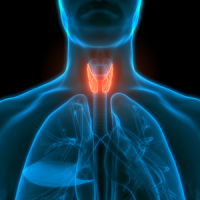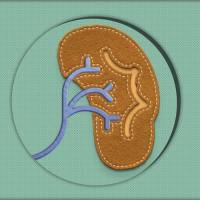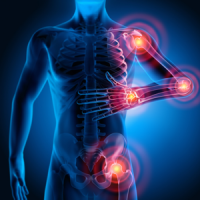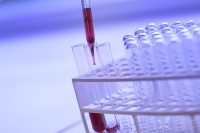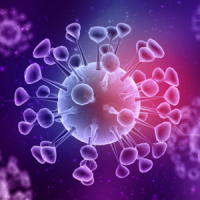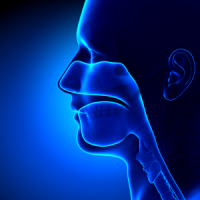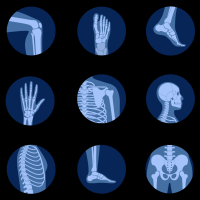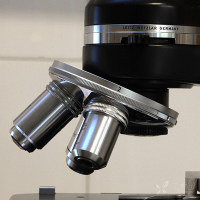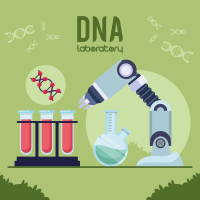求帮忙看看一段摘要里的 those exposed是什么意思,非常感谢
Certain women experience negative mood symptoms during the menstrual cycle and progesterone addition in estrogen treatments. In women with PMDD increased negative mood symptoms related to allopregnanolone increase during the luteal phase of ovulatory menstrual cycles. In anovulatory cycles no symptom or sex steroid increase occurs. This is unexpected as positive modulators of the GABA-A receptor are generally increasing mood. This paradoxical effect has brought forward a hypothesis that the symptoms are provoked by allopregnanolone the GABA-A receptor system. GABA-A is the major inhibitory system in the brain. Positive modulators of the GABA-A receptor include the progesterone metabolites allopregnanolone and pregnanolone, benzodiazepines, barbiturates, and alcohol. GABA-A receptor modulators are known, in low concentrations to induce adverse, anxiogenic effects whereas in higher concentrations show beneficial, calming properties. Positive GABA-A receptor modulators induce strong paradoxical effects e.g. negative mood in 3–8% of those exposed, while up to 25% have moderate symptoms thus similar as the prevalence of PMDD, 3–8% among women in fertile ages, and up to 25% have moderate symptoms of premenstrual syndrome (PMS). The mechanism behind paradoxical reaction might be similar among them who react on positive GABA-A receptor modulators and in women with PMDD. In women the severity of these mood symptoms are related to the allopregnanolone serum concentrations in an inverted U-shaped curve. Negative mood symptoms occur when the serum concentration of allopregnanolone is similar to endogenous luteal phase levels, while low and high concentrations have less effect on mood. Low to moderate progesterone/allopregnanolone concentrations in women increases the activity in the amygdala (measured with fMRI) similar to the changes seen during anxiety reactions. Higher concentrations give decreased amygdala activity similar as seen during benzodiazepine treatment with calming anxiolytic effects. Patients with PMDD show decreased sensitivity in GABA-A receptor sensitivity to diazepam and pregnanolone while increased sensitivity to allopregnanolone. This agrees with findings in animals showing a relation between changes in alpha4 and delta subunits of the GABA-A receptor and anxiogenic effects of allopregnanolone.
Conclusion: These findings suggest that negative mood symptoms in women with PMDD are caused by the paradoxical effect of allopregnanolone mediated via the GABA-A receptor.




